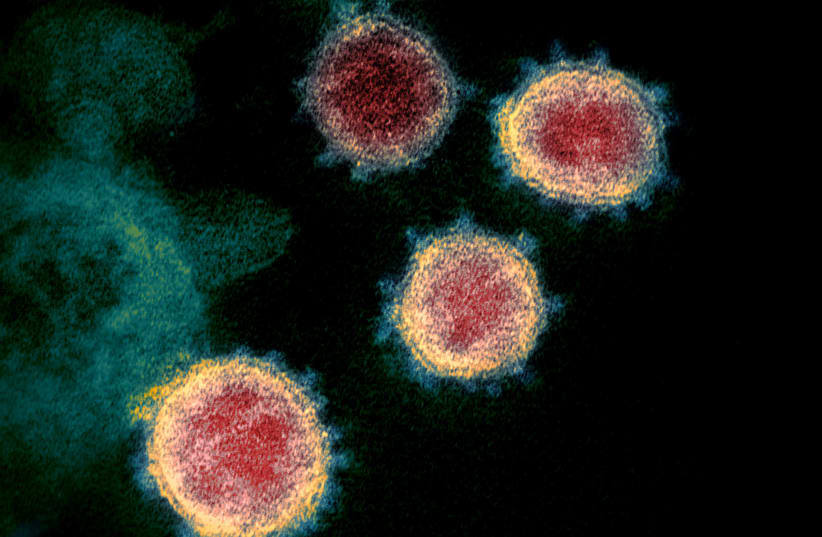The study analyzed 7,548 genomes of COVID-19 patients around the world. Some 29,891 locations in the viral genome were assessed for correlations between variants and mortality rates.
The analysis identified a locus, or a specific area where a genetic chromosome is marked, in viral COVID-19 genomes from Brazil that were associated with higher mortality rates.
Co-lead author of the study, Georg Hahn, instructor and research associate at Harvard University identified this locus as part of the P.1 strain from Brazil. The P.1 strain has been identified as more transmissible than the previous COVID-19 strains and was responsible for a surge of COVID-19 deaths in Manaus, Brazil.
The methodology used in this study will likely be applicable in disease research beyond COVID-19.
“We expect that this approach would work in similar scenarios involving other diseases, provided the quality of the data collected in public databases is sufficiently high,” said Hahn.
